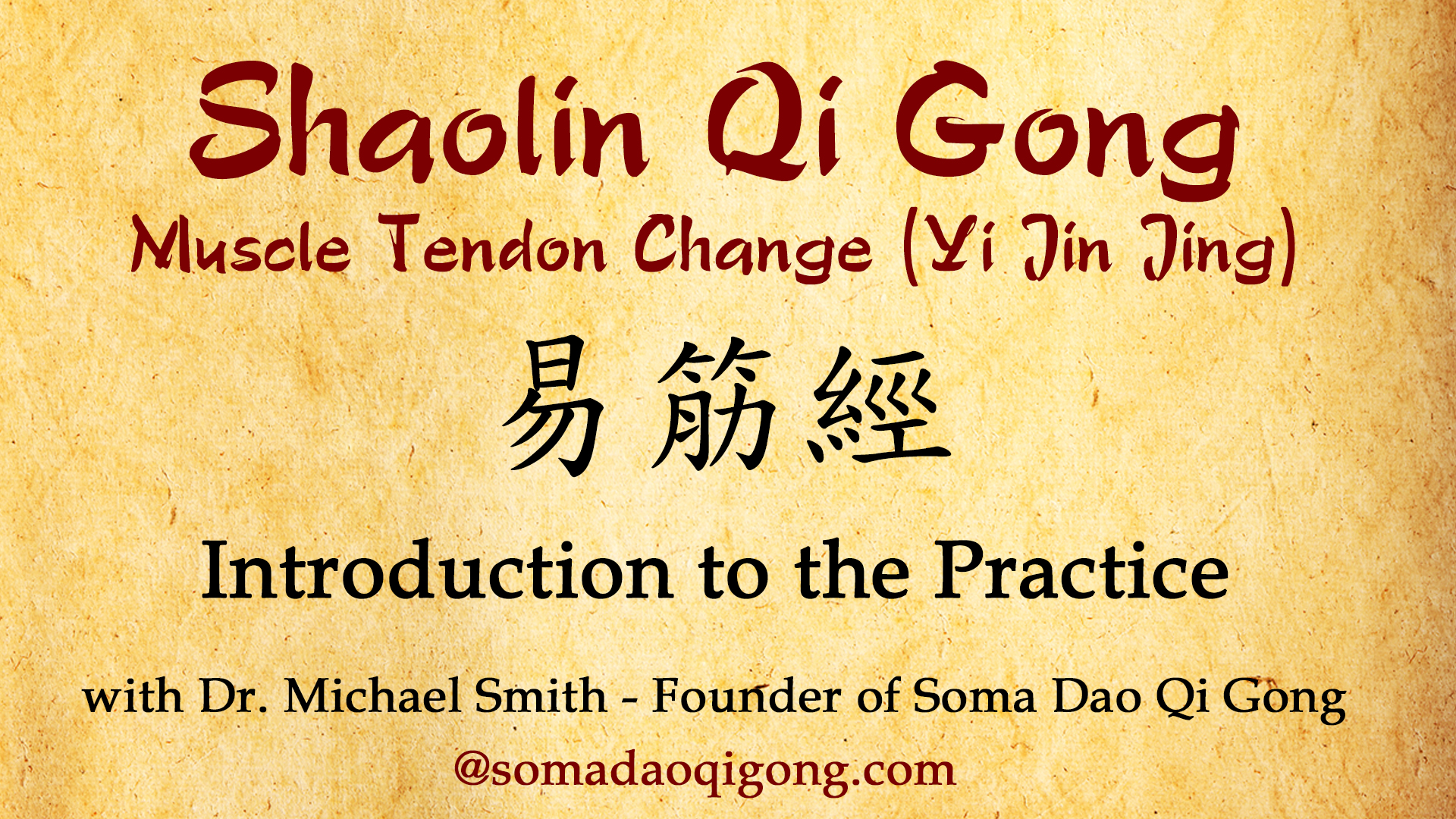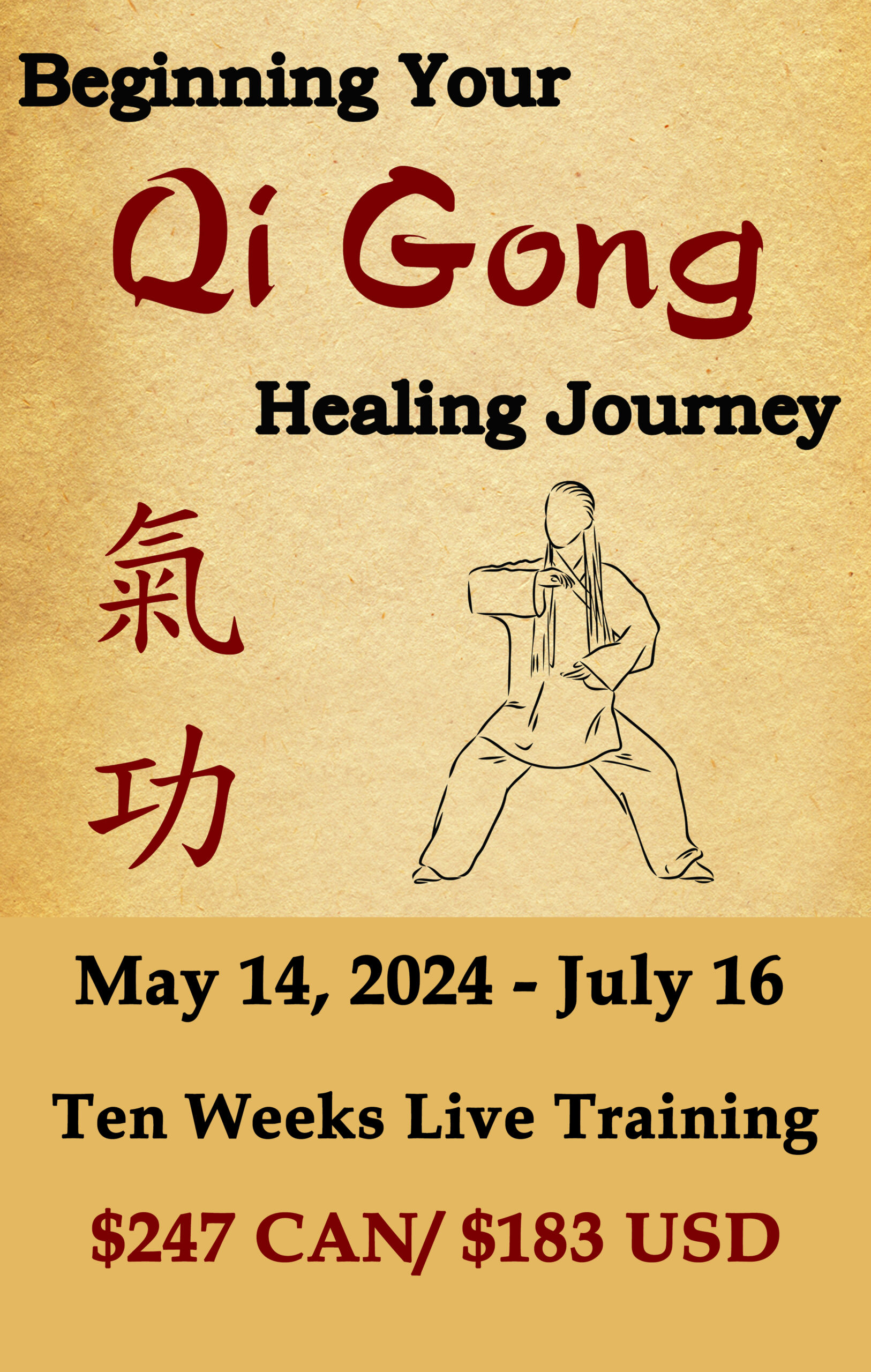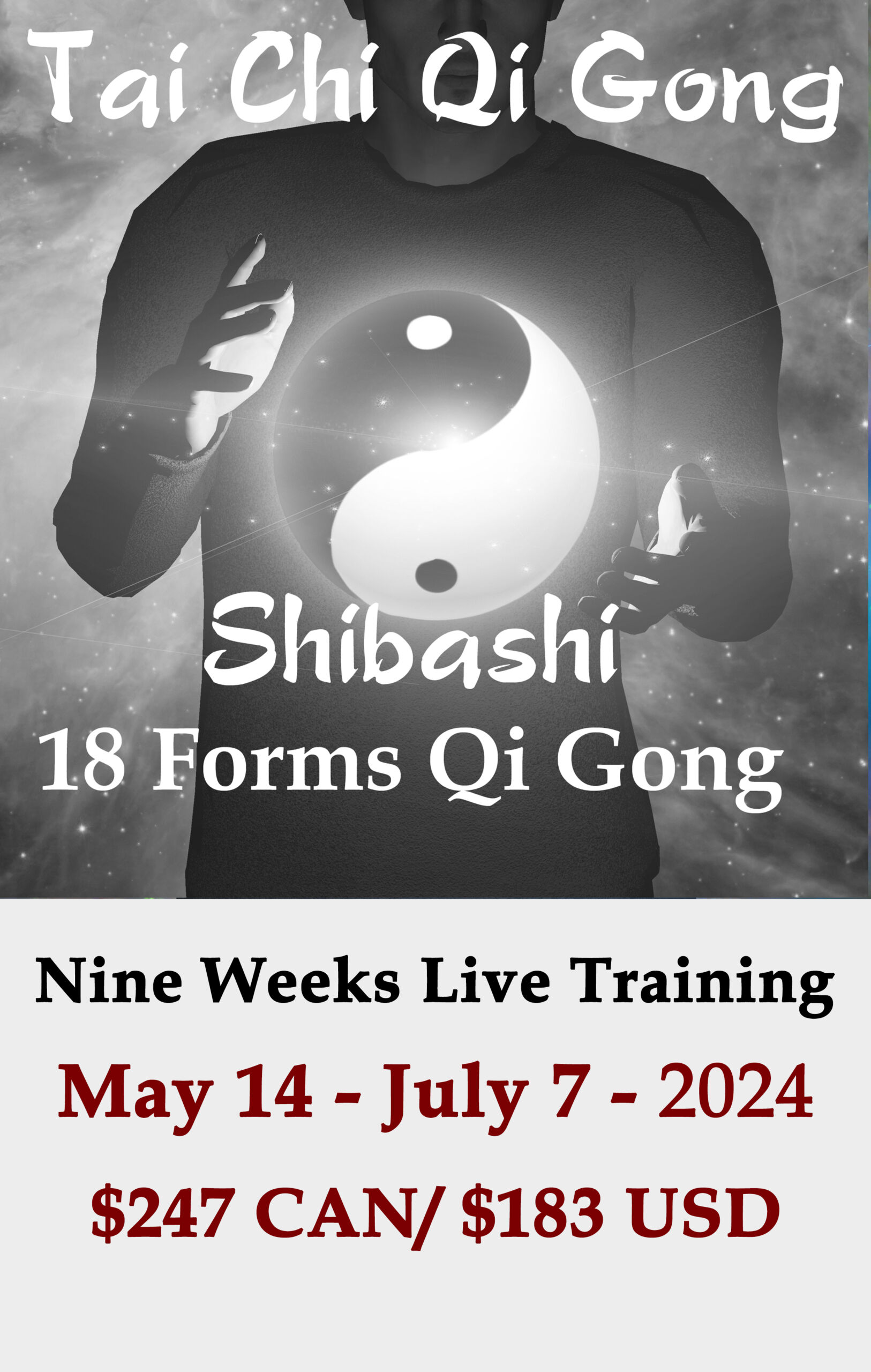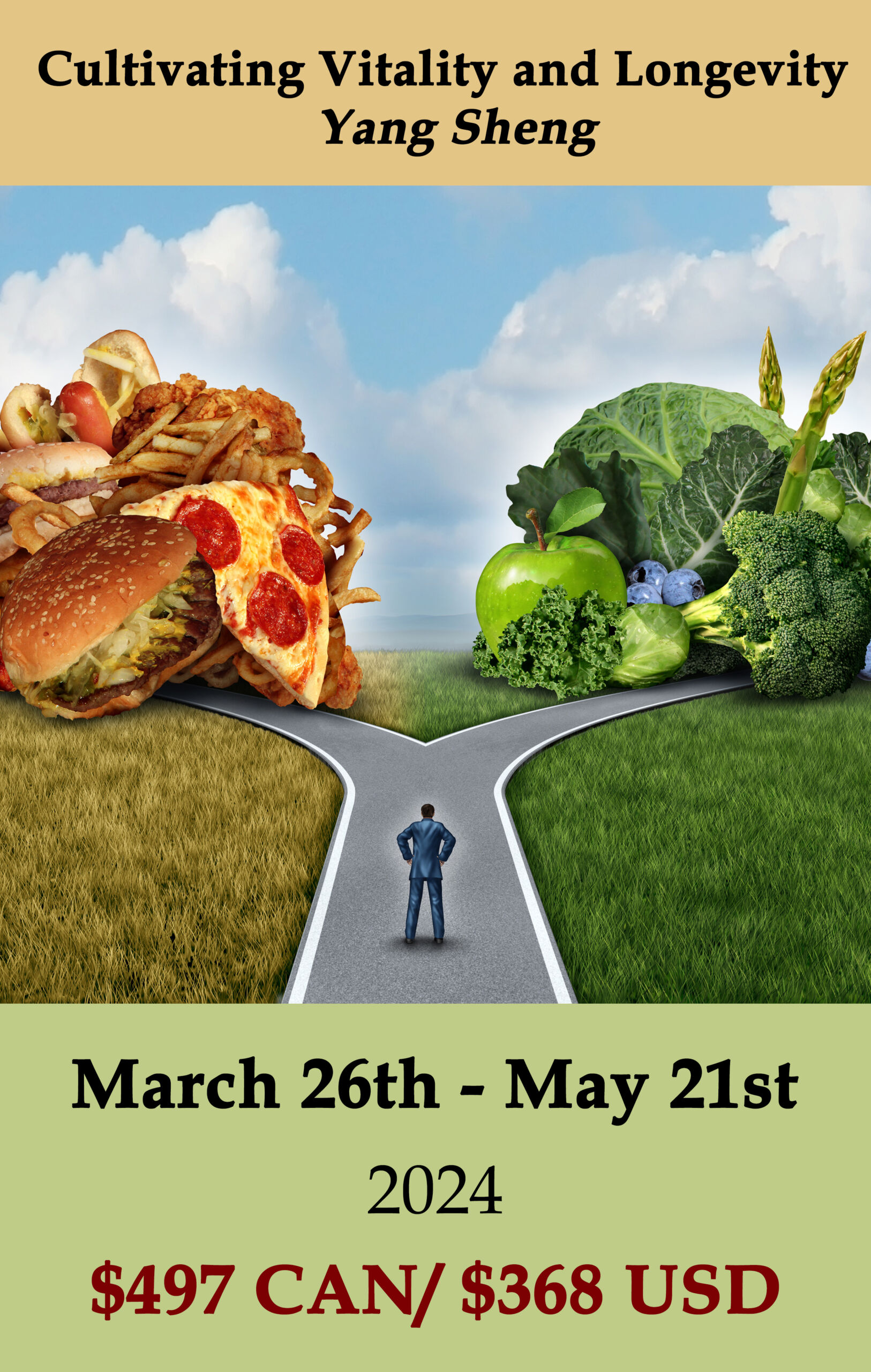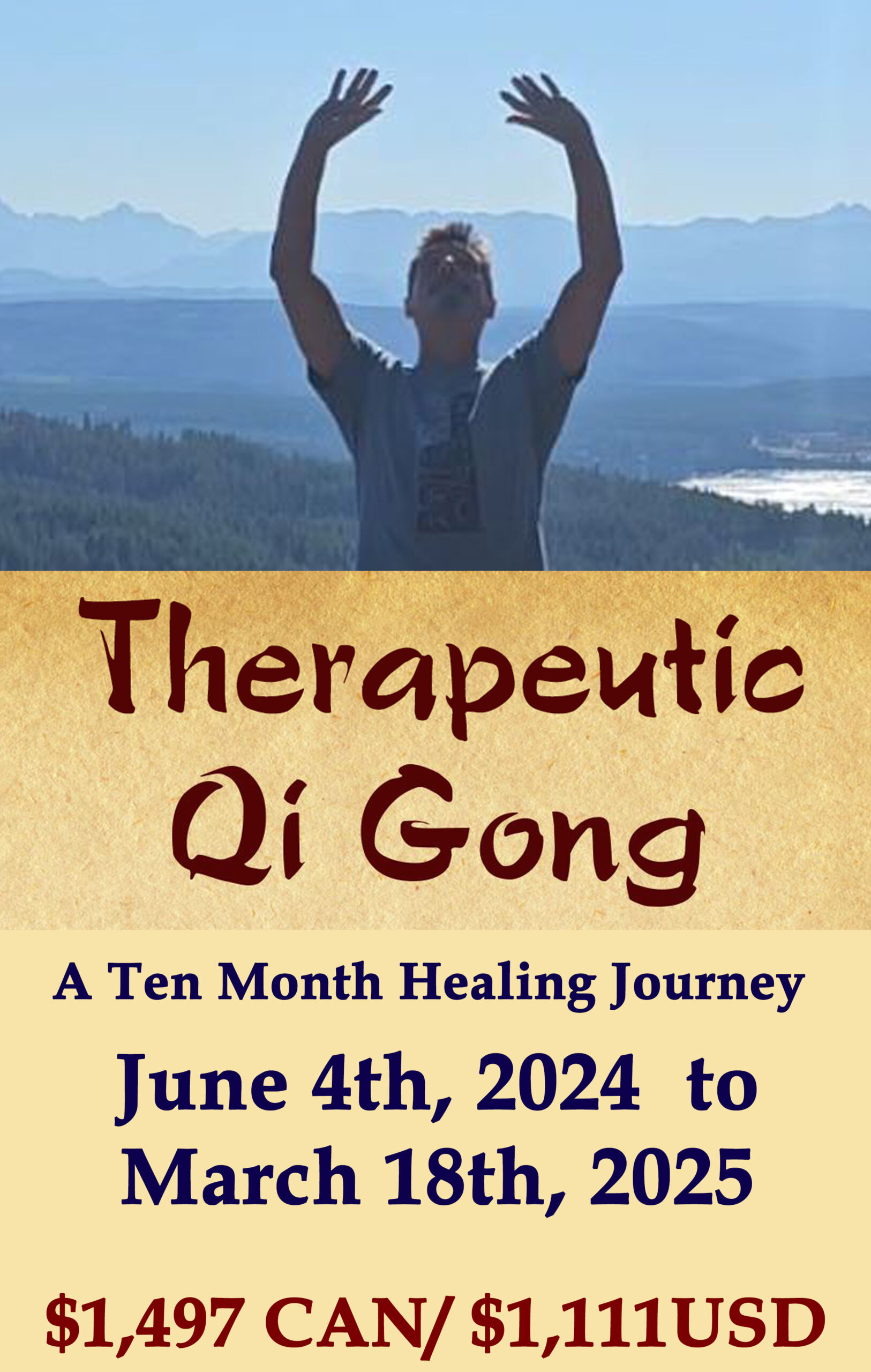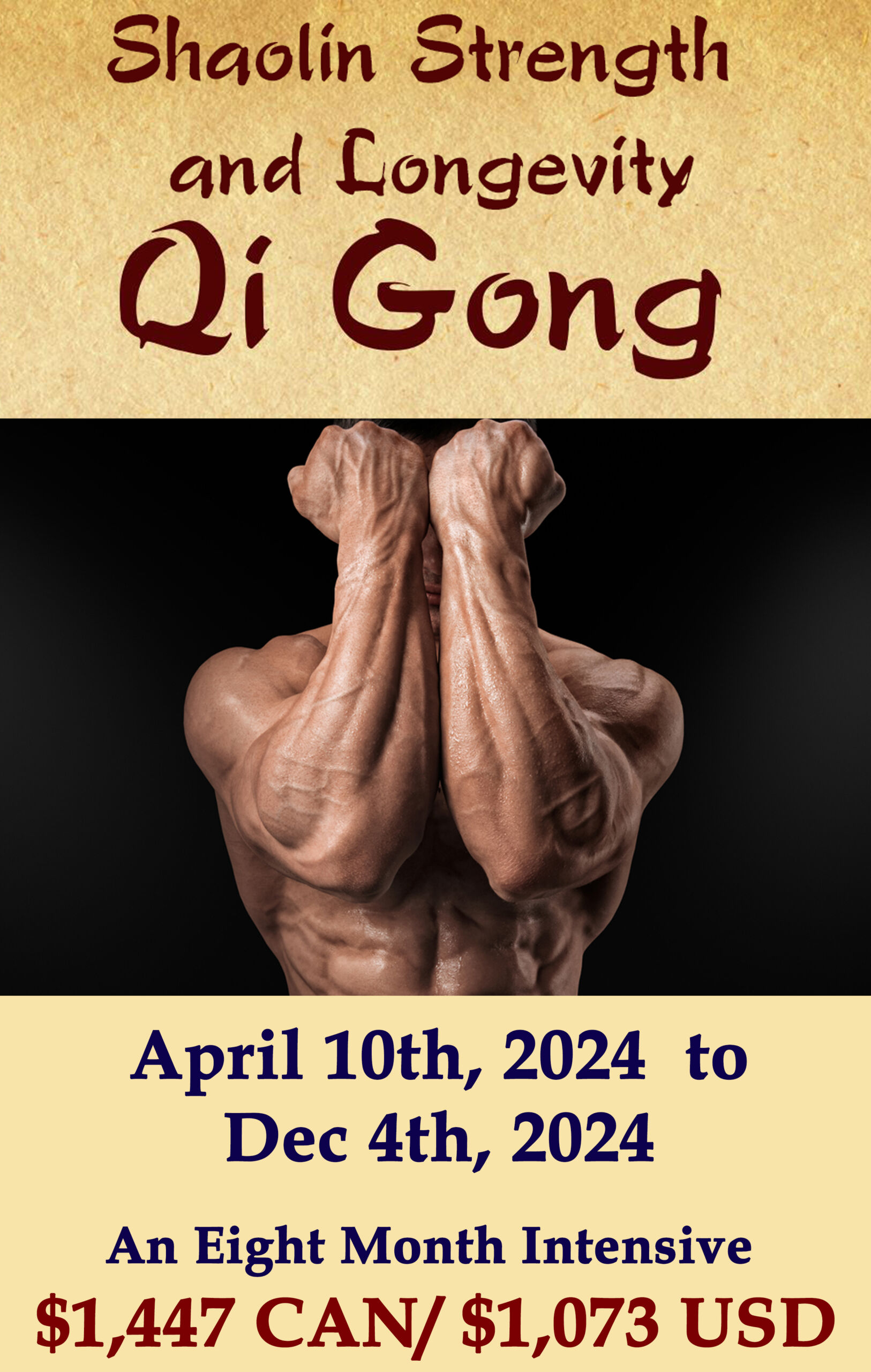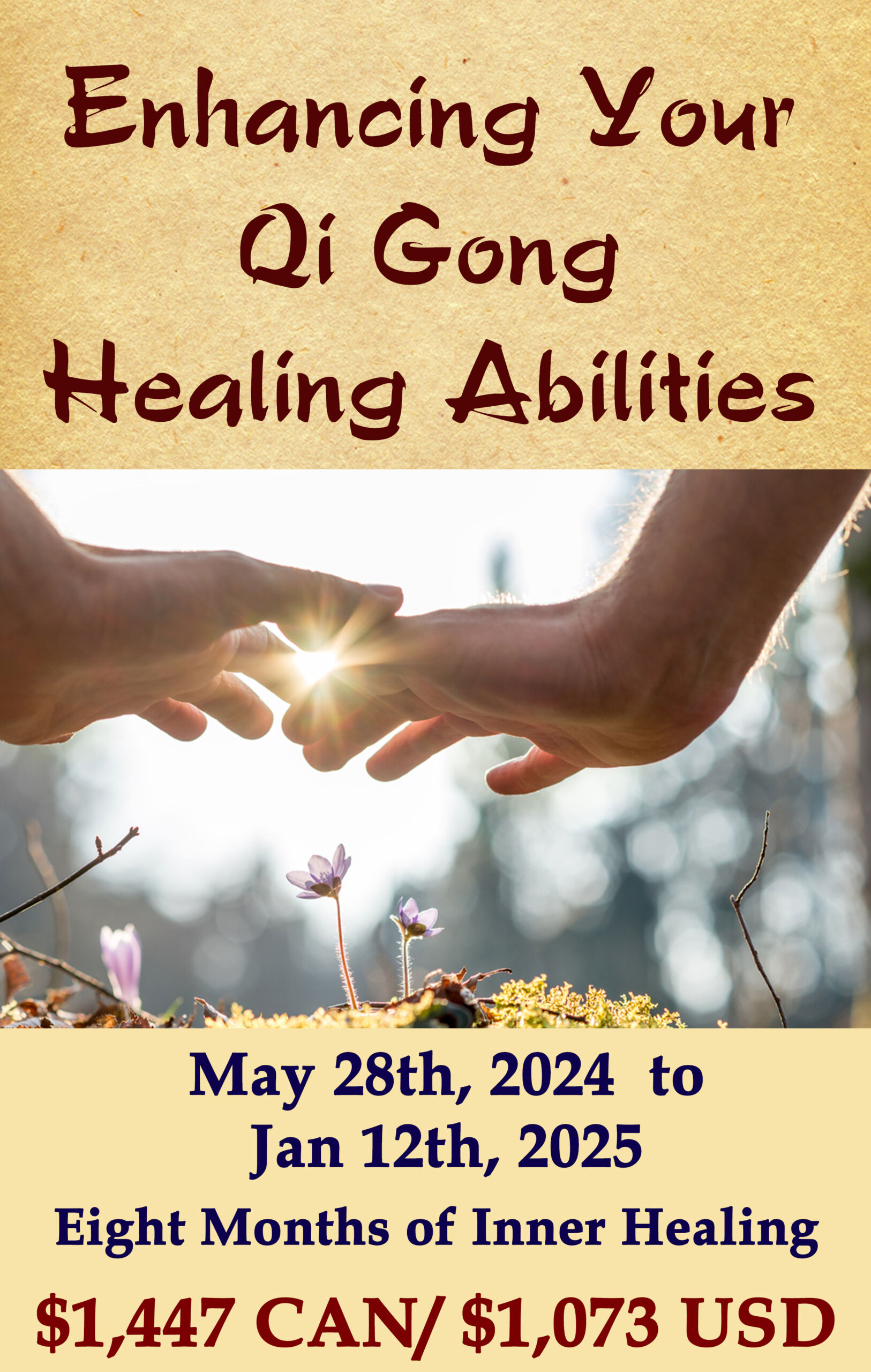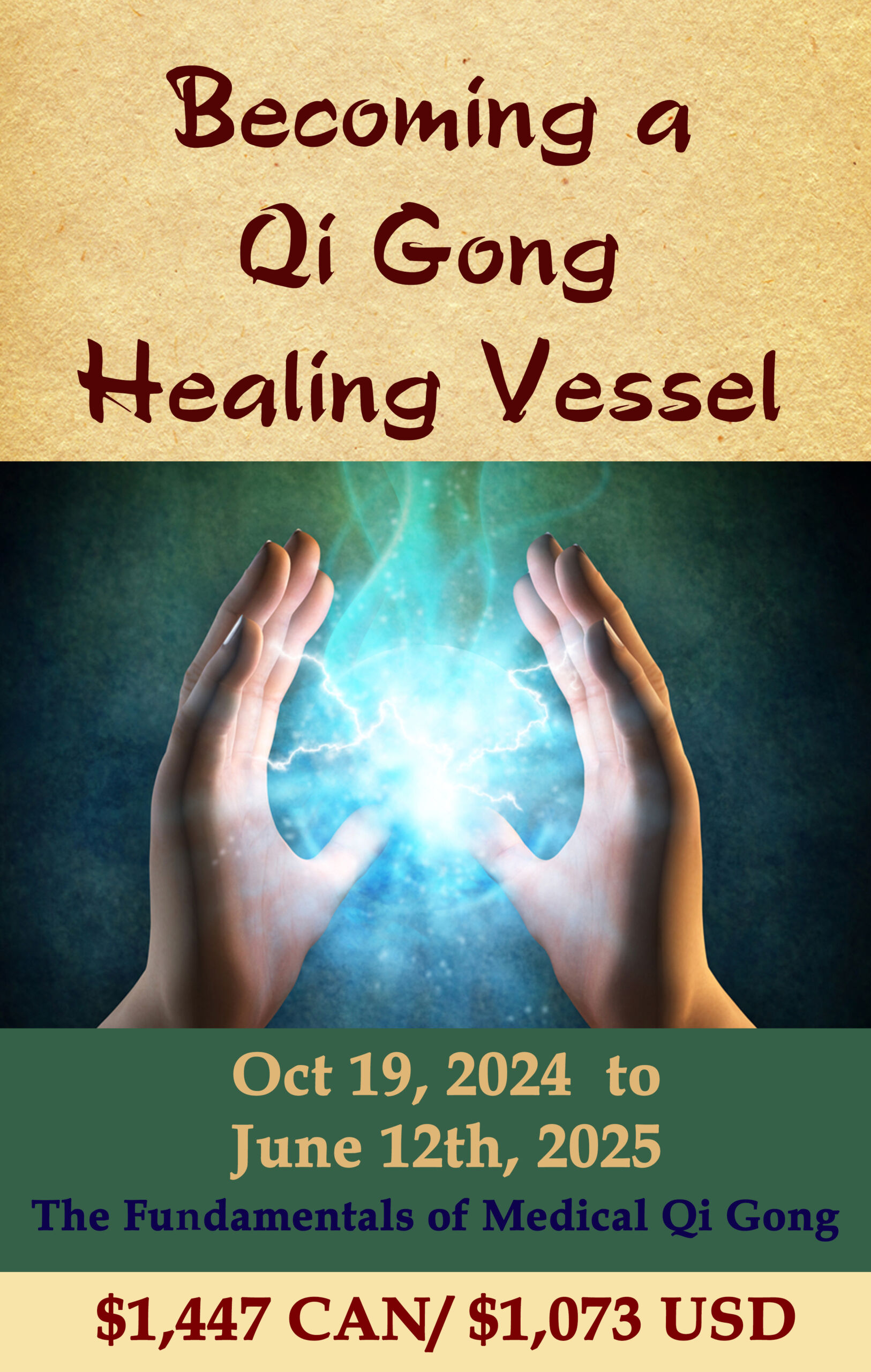All forms of exercise change a person’s strength and agility in some way.
In Qi Gong practice, strength is improved through refining the structural, elastic, circulatory, psycho-emotional, and somatic aspects of your meridians and connective tissue.
This is called Yi Jin Jing the transformation of all of the elastic and membrane structures of the body.
This aspect of Qi Gong is practiced through self-regulated resistance training and deep connective tissue release that restore pliability, collagen storage, and stem cell availability throughout every muscle and membrane.
This practice and process is cultivated through whole body Pandiculation and Tensegrity. ( I will define these in another post)
There is also a rare aspect of Qi Gong that is usually only practiced by dedicated martial artists and/or monks, which maximizes the strength, endurance, and interconnectedness of all of your nerves, muscles, and membranes.
This is called Refining Tensegrity through Isometric Resistance and Collagen Redistribution. (I will describe this in another post)
This experience will completely change how you experience movement and stillness.
An Introduction to Yi Jin Jing 易筋經 Practice
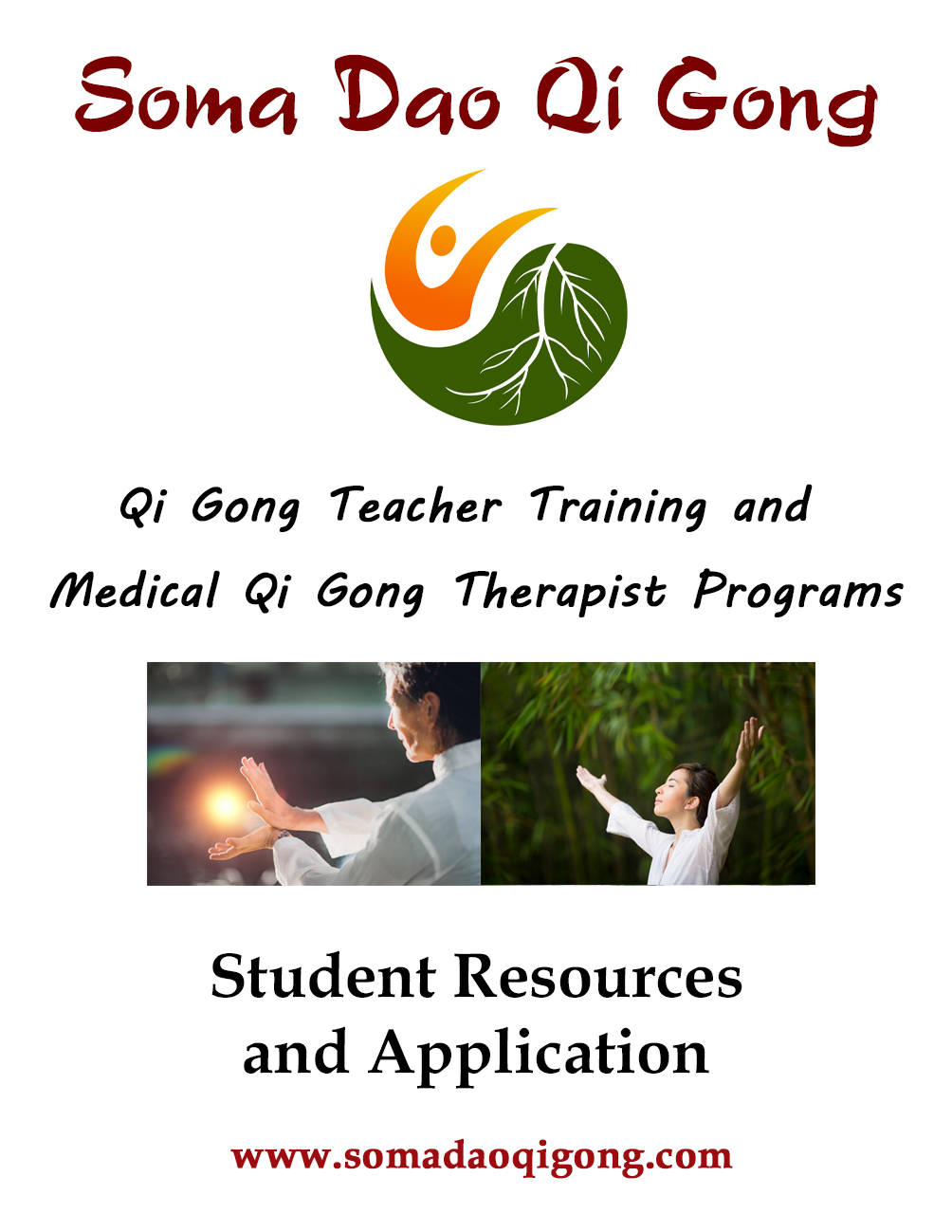
I am interested in learning more about becoming a Qi Gong Teacher and/or a Medical Qi Gong Therapist and would like to receive your MONTHLY newsletter.
YES! Send me a copy of the Student Resource Guide
(We respect your privacy)
2024 Courses with Dr. Michael Smith
Beginning April 8, 2024
Learn the skills, practices, and principles necessary to safely and successfully guide others through several kinds of Qi Gong Classes.
